Elderberry syrup is another classic herbal preparation found in many home apothecaries. Although you can buy it ready-made at health food stores, it’s also fun to make your own. Like fire cider, the recipe varies from herbalist to herbalist.
Based on your needs and tastes, you can make a very simple syrup with nothing but elderberries- or you can be more adventurous! This is one of my favorite recipes that I’ve worked out over the years. I include Schisandra, Astragalus, and rosehips in my brew, along with cinnamon and ginger.
You can find another yummy version with goji berries and licorice root in my book, The Complete Guide to Adaptogens. It’s also available in Spanish and German, if you’d prefer! (#affiliate links)
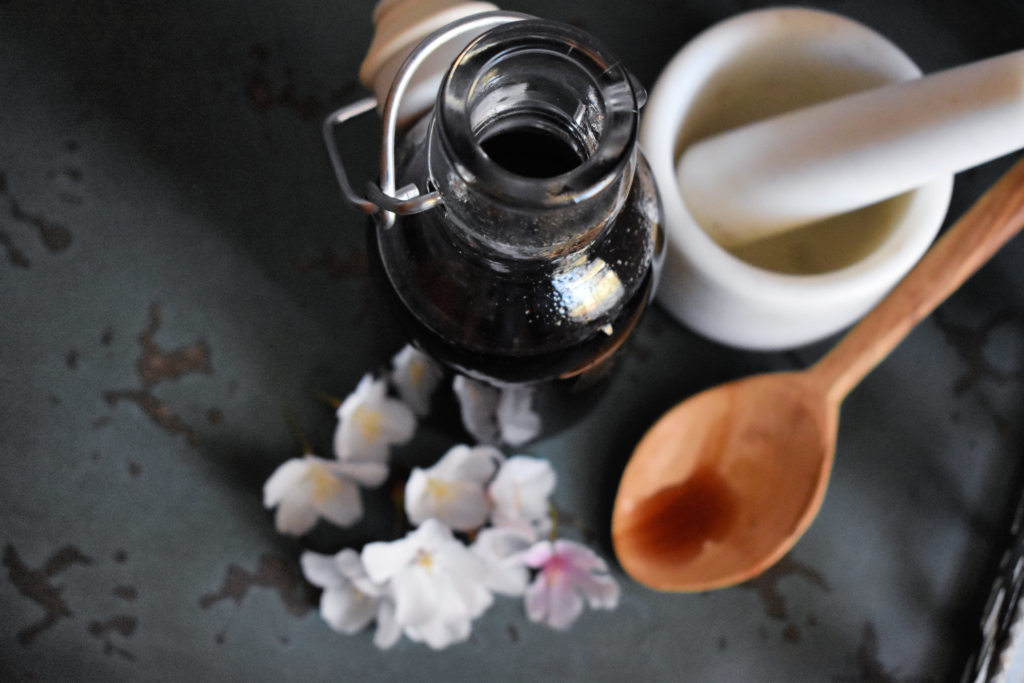
Schisandra
The berries from Schisandra chinensis have a complex taste that gives this plant one of its common names: five flavor berry. Schisandra has been studied for its ability to support the immune system and liver health and many other aspects of wellness (1). I like to include it in my syrup for its adaptogenic properties.
Astragalus
The root of Astragalus membranaceus is used in Traditional Chinese Medicine as an herb to support the immune system. It’s an important ingredient in the TCM formula Jade Screen, a time-honored blend considered especially important during cold and flu season. (2)
Rose hips
As a yummy source of thickening pectin and many anti-inflammatory compounds, rose hips make a nice addition to seasonal syrups like this one. Like elderberry, rose hips are traditionally consumed as a food or tea and are believed to have a good record of safety. Rose hips are being studied for their anti-inflammatory compounds and supportive nature for people with autoimmune conditions (3).
Spices
Adding warming, aromatic spices can be a nice touch to elderberry syrup. The warm, drying nature of spices helps counteract winter’s cold, damp chill- and they also bring depth and interest to the flavor of your syrup! I especially like cinnamon and ginger.
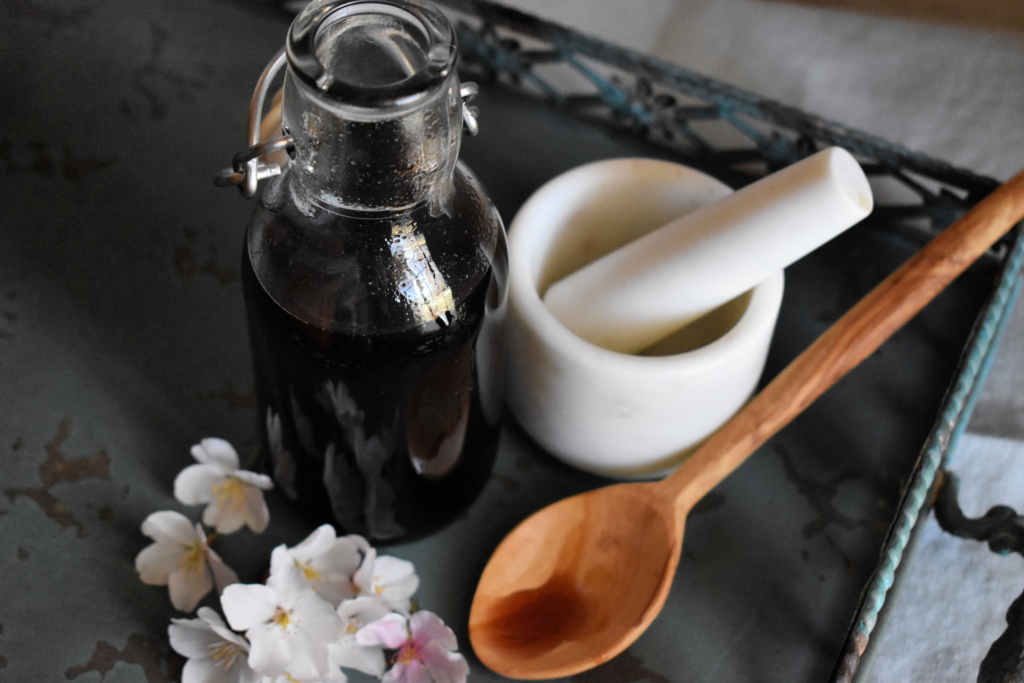
Elderberry Syrup Recipe with Schisandra Berries
Here’s my elderberry syrup recipe. I prefer to bring all of the herbal ingredients to a boil and simmer for 30 minutes. After that, I transfer the decoction into pans and put it in the refrigerator overnight. This allows the dried berries and other ingredients to further soften and extract into the water.
Transferring the decoction to baking pans is important for food safety, as it can cool to a safe temperature much faster this way.
If you need to, you can skip the overnight refrigeration and strain the decoction as soon as it’s cool enough to handle safely, then add the sugar or honey. However, I do recommend allowing the decoction to sit overnight if you can!
Sugar or Honey?
I prefer using sugar because it is more cost-effective than honey. It helps preserve the syrup so that it lasts longer. I haven’t tested the recipe for stability at room temperature, so be sure to keep it in the refrigerator.
This recipe makes a LOT of syrup (around 4 quarts) because I like to share with friends. If you would prefer a smaller batch, feel free to divide the ingredients by half or even in half again.
Ingredients
- 12 cups of water
- 1 cup dried elderberries
- 1/4 cup dried schisandra berries
- 1/4 cup dried rose hip (chipped, not whole)
- 3 Tbsp astragalus root powder
- 1 tsp ginger powder
- 1/2 tsp cinnamon powder
- Sugar or honey (1 or 2 cups for each cup of strained decoction)
Yield: Approximately 4 quarts. Your yield will vary based on how much sugar or honey you use, and how long the decoction simmers.
How to Make It
- Place dried elderberries, Schisandra berries, rose hips, Astragalus root, ginger, and cinnamon into a large stockpot.
- Add 12 cups of water to the pot and bring the ingredients to a boil, stirring occasionally.
- When the water comes to a boil, reduce the heat to low and simmer, covered, for 30 minutes.
- Turn off the heat and transfer the decoction to baking pans. Place the baking pans into the refrigerator overnight.
- The next day, pour the decoction through a strainer to remove the berries. Measure the strained decoction and pour it back into the stockpot over medium heat.
- Once the decoction begins to steam, turn the heat to low. Add sugar or honey at a cup for cup ratio to the decoction and stir until it is combined.
- If you used honey, remove the syrup from the heat and allow it to cool. When it is comfortable to handle, transfer the syrup to glass canning jars with clean lids and store in the refrigerator.
- If you are using sugar, bring the syrup to a gentle simmer and allow it to simmer for 30 minutes uncovered. This helps thicken the syrup. Don’t try to simmer with a lid on the pot. There aren’t any volatile oils we are trying to keep in, and the sugar will cause a lidded pot to boil over into a sticky mess.
Again, please remember that this elderberry syrup recipe requires refrigeration and is not shelf-stable. It shouldn’t be left out on the counter or sent through the mail. If you want to share with friends, please transport your elderberry syrup in a cooler with ice to make sure it stays at a safe temperature.
How to Enjoy Elderberry Syrup with Schisandra Berries
Elderberry syrup tastes good enough to enjoy straight from a spoon! It’s also fun to drizzle over pancakes or muffins, stir into yogurt or overnight oats, and it’s tasty on berry (and chocolate!) flavored chia pudding.
Alternatively, you can add it to still or sparkling water. I like to use a tablespoon per day, either at once or split throughout the day.
Out of elderberry? Make fire cider instead! Here’s my recipe for Thai Basil Fire Cider!
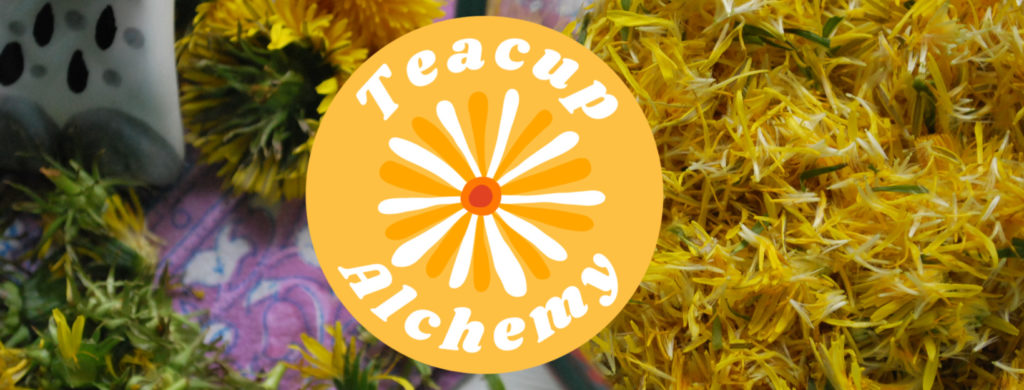
About Teacup Alchemy
Welcome! Teacup Alchemy provides podcasts, articles, and courses about artfully using herbs for well being. Teacup Alchemy is produced by Agatha Noveille, an herbalist and author from Atlanta, Georgia.
We are reader and listener supported. If you enjoy reading the blog and listening to the podcast, please consider leaving a tip in our tip jar. Listen to all of our podcasts here, or find them at Podbean, Apple Podcast, or Spotify. Thank you for your support!
References
- Szopa, A., Ekiert, R. & Ekiert, H. Current knowledge of Schisandra chinensis (Turcz.) Baill. (Chinese magnolia vine) as a medicinal plant species: a review on the bioactive components, pharmacological properties, analytical and biotechnological studies. Phytochem Rev 16, 195–218 (2017). https://doi.org/10.1007/s11101-016-9470-4
- Dharmanandha, S. The jade screen: The story behind yupingefeng san.
- Rios, J., Waterman, P,. A review of the pharmacology and toxicology of Astragalus. Phytotherapy Res 11, 411-418 (1997) retrieved: https://www.academia.edu/26656758/A_review_of_the_pharmacology_and_toxicology_ofAstragalus
- Mármol I, Sánchez-de-Diego C, Jiménez-Moreno N, Ancín-Azpilicueta C, Rodríguez-Yoldi MJ. Therapeutic applications of rose hips from different Rosa species. Int J Mol Sci. (2017) doi:10.3390/ijms18061137
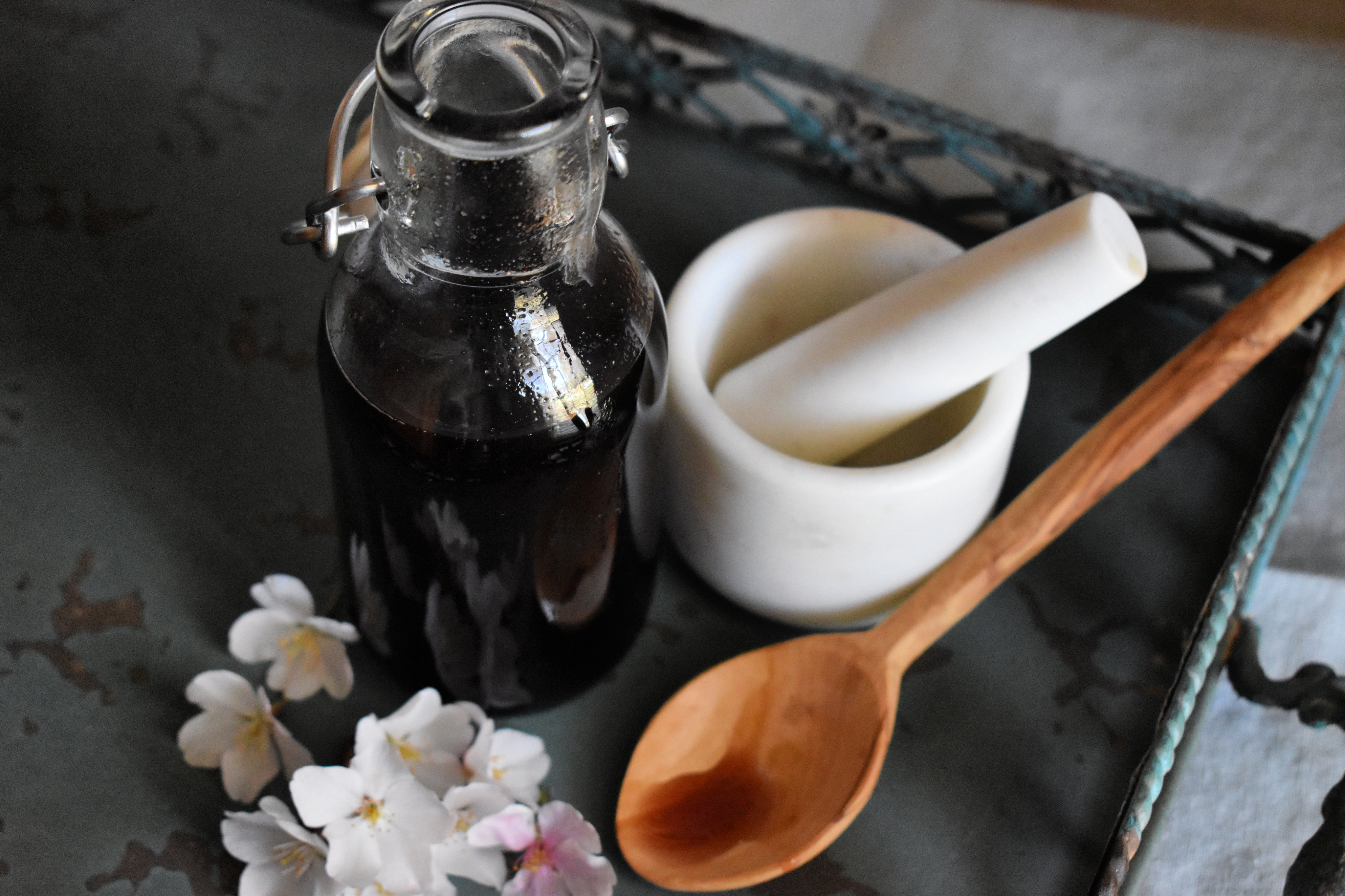
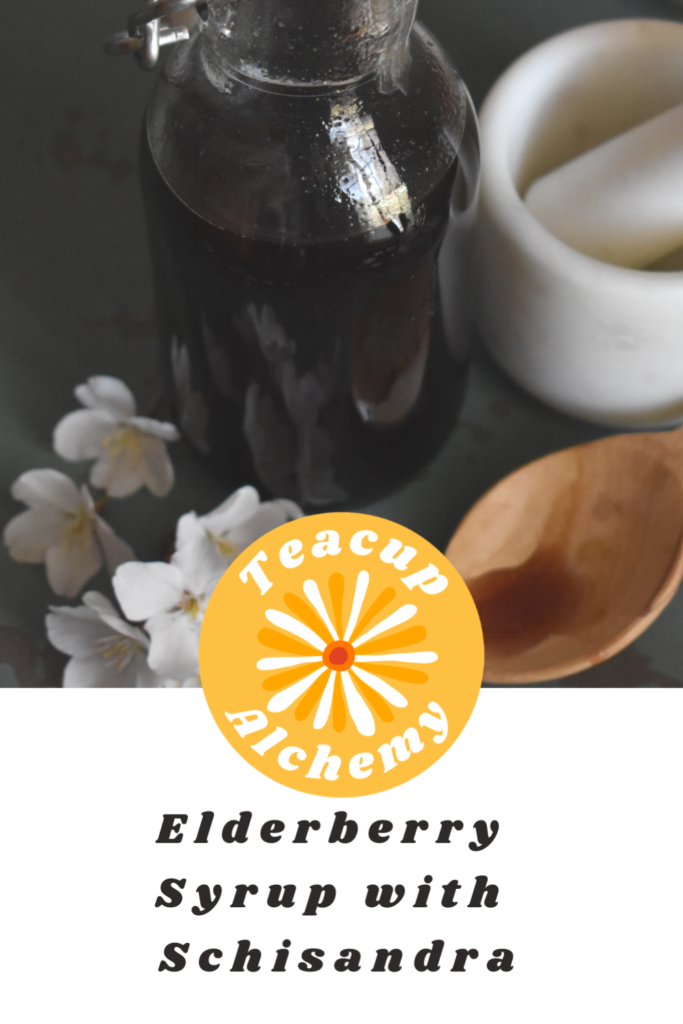
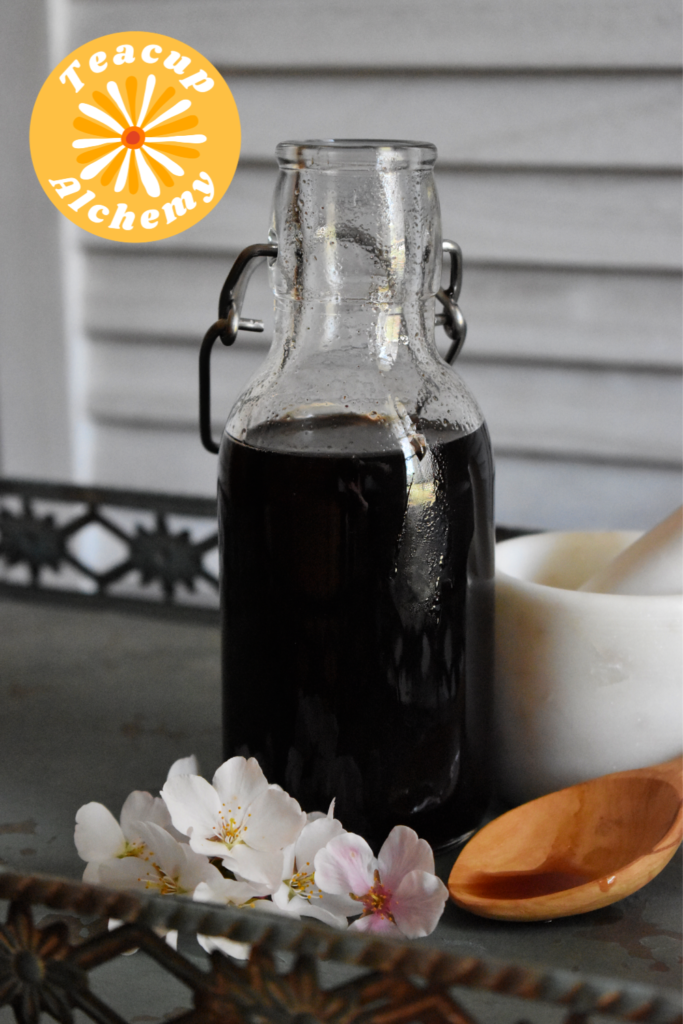
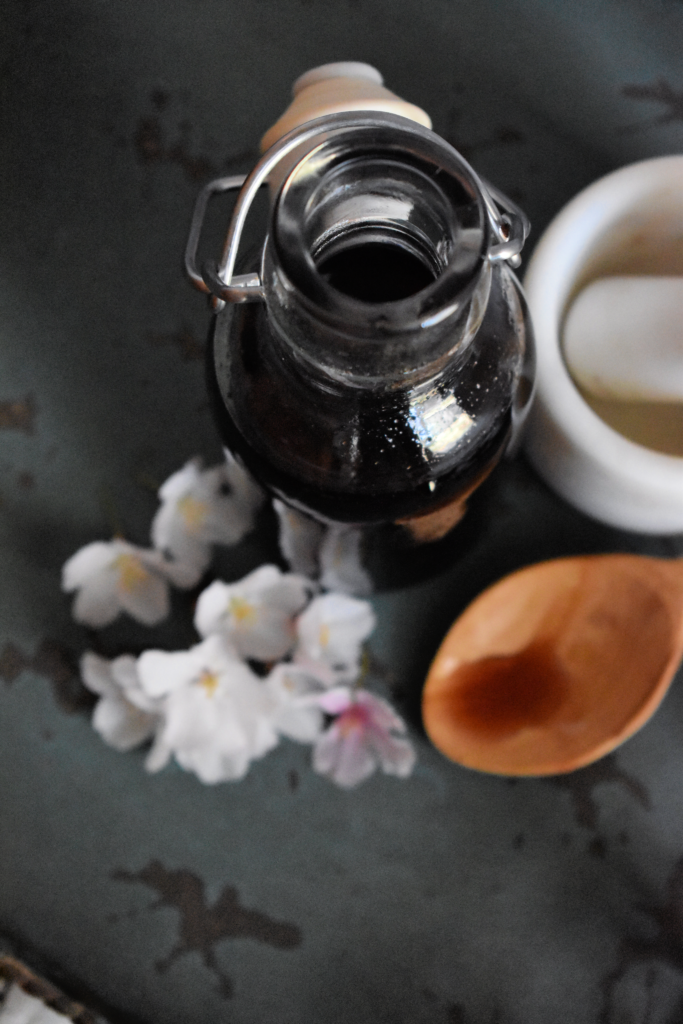

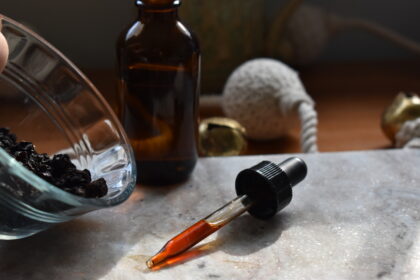
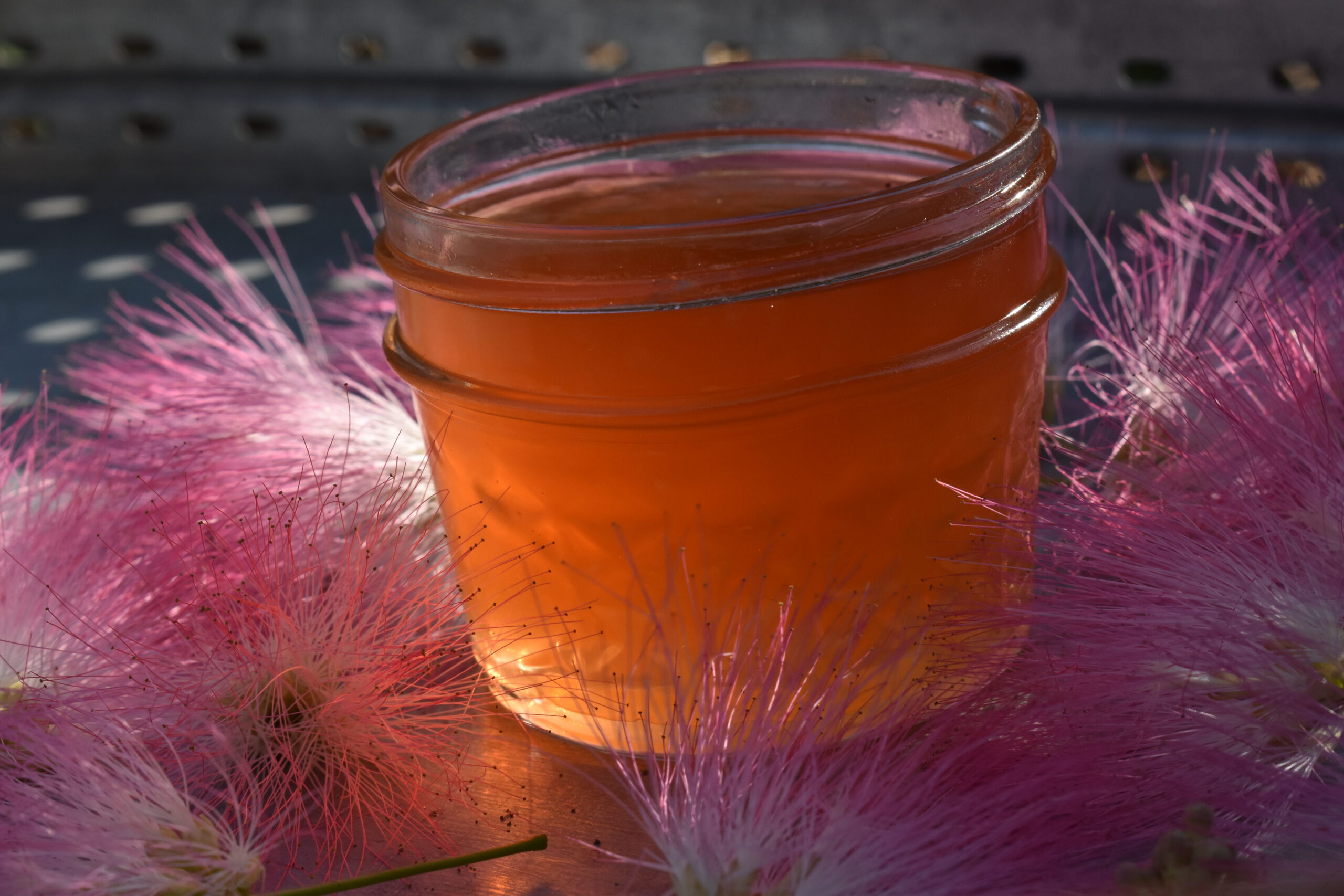
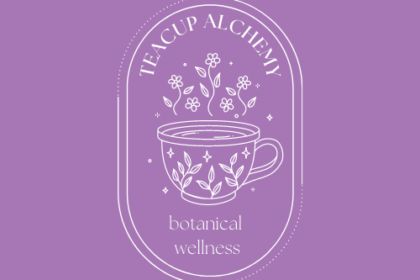
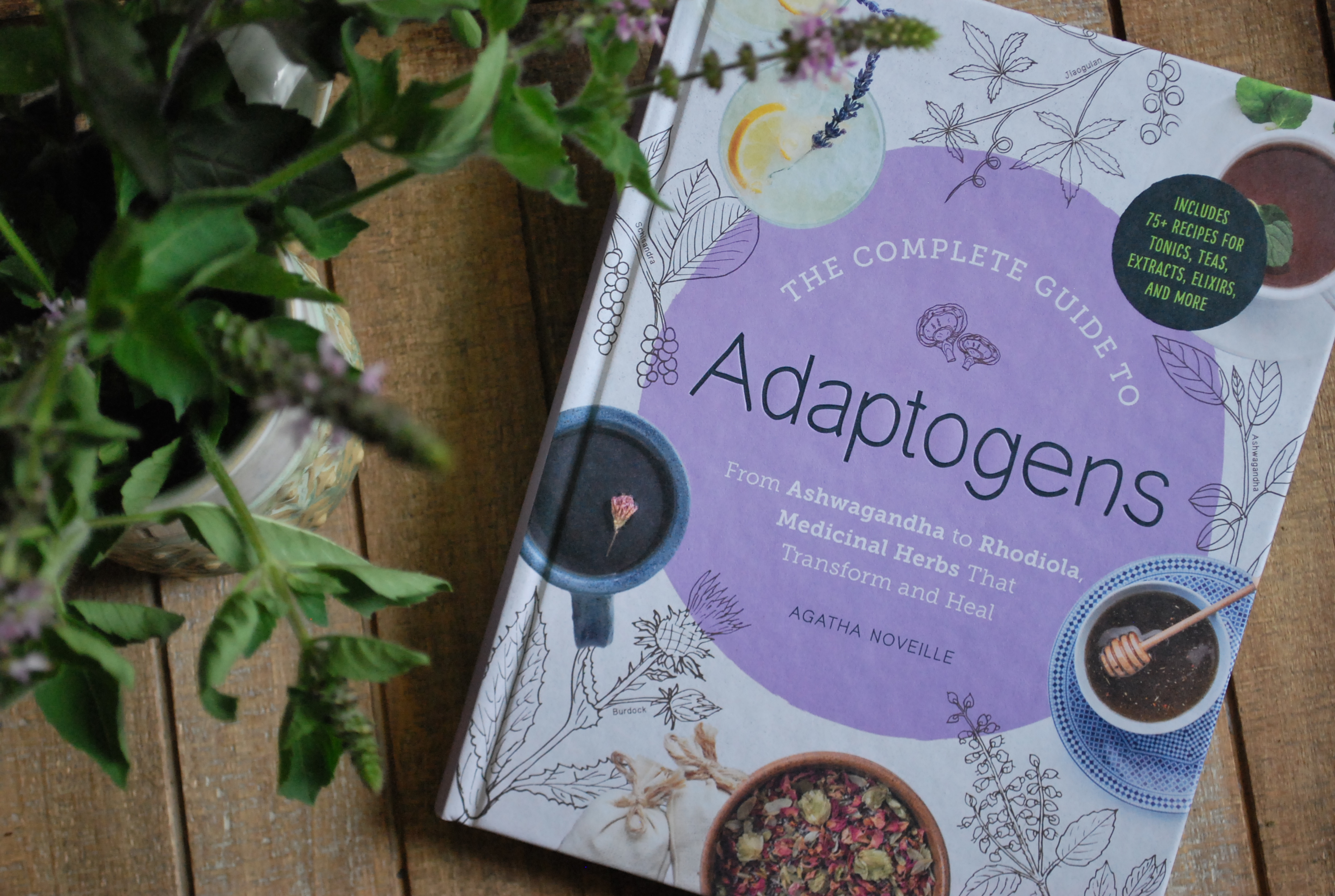
[…] sugar, so I don’t feel that there’s any reason to vilify using it in my herbal syrups. This is my favorite recipe for elderberry syrup with astragalus, Schisandra, and rosehips. It makes a big batch so you can share with friends and family (just remember to transport in a […]
[…] Elderberry syrup with Schisandra berries here on Teacup Alchemy […]